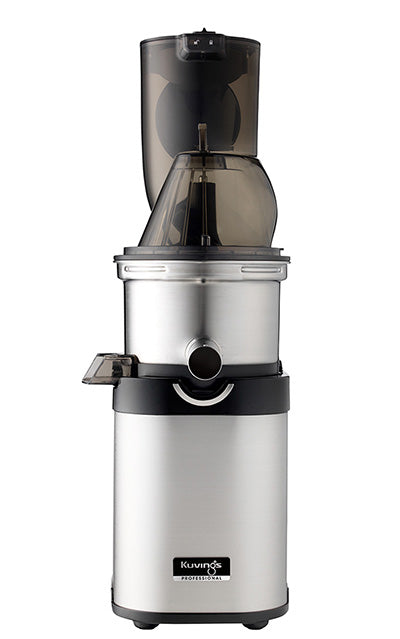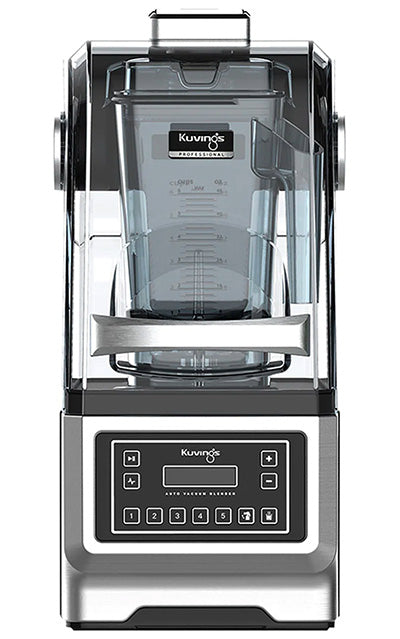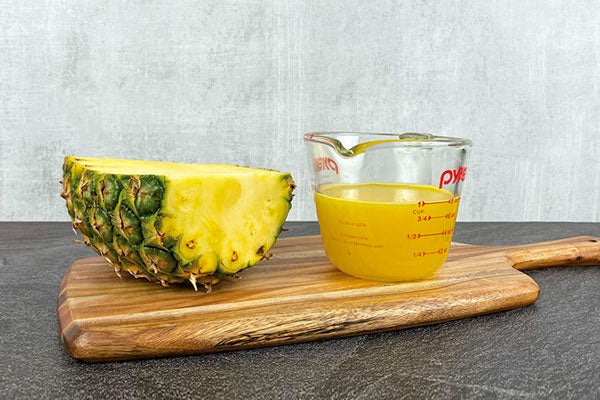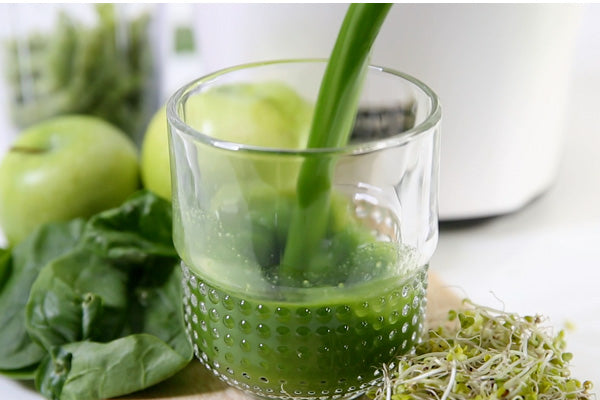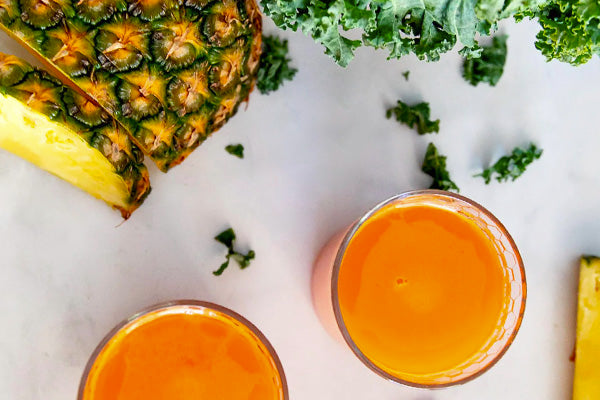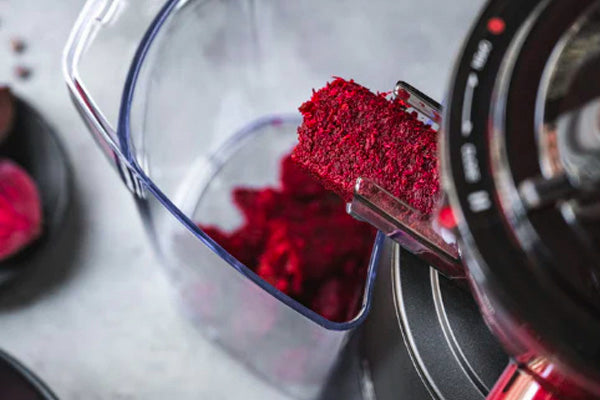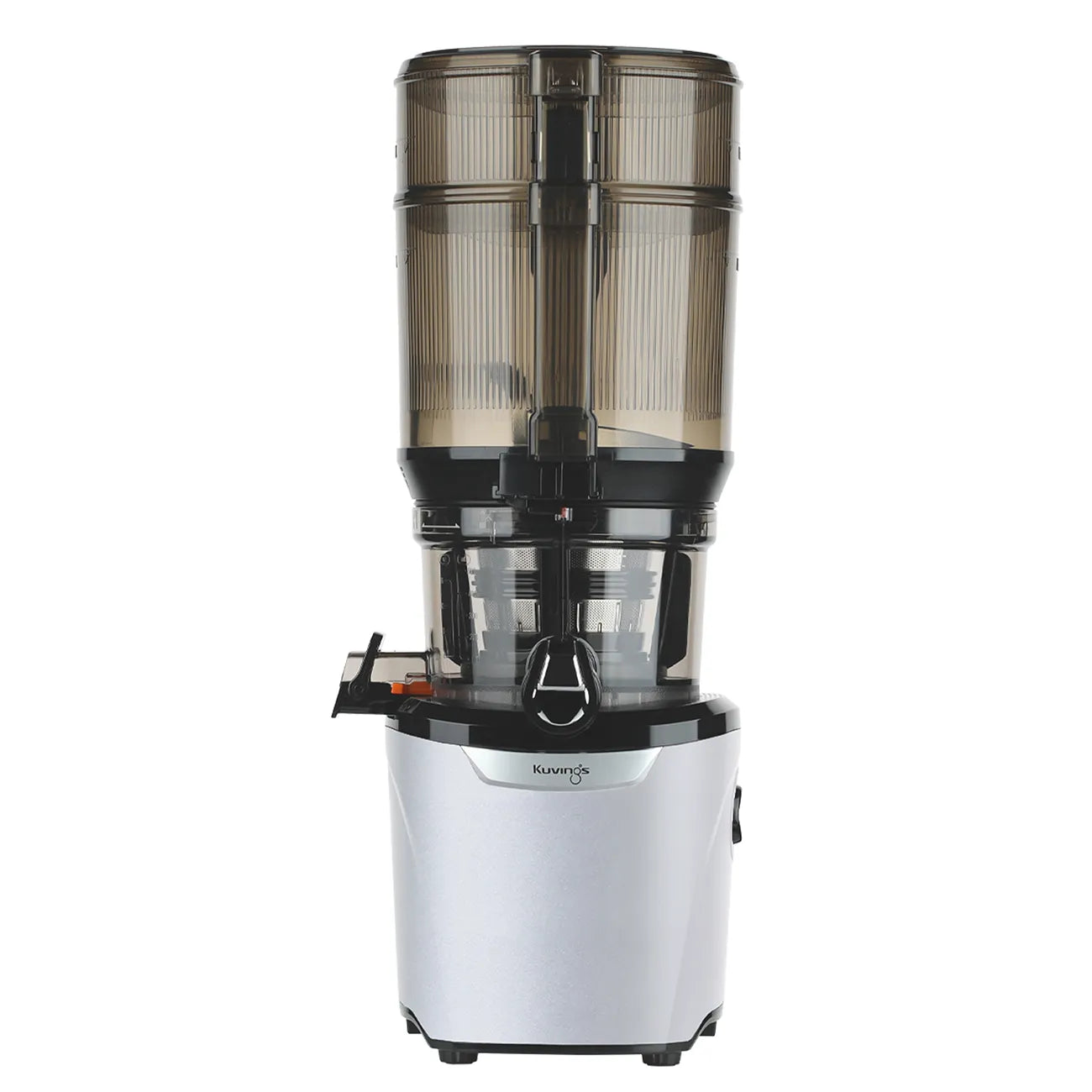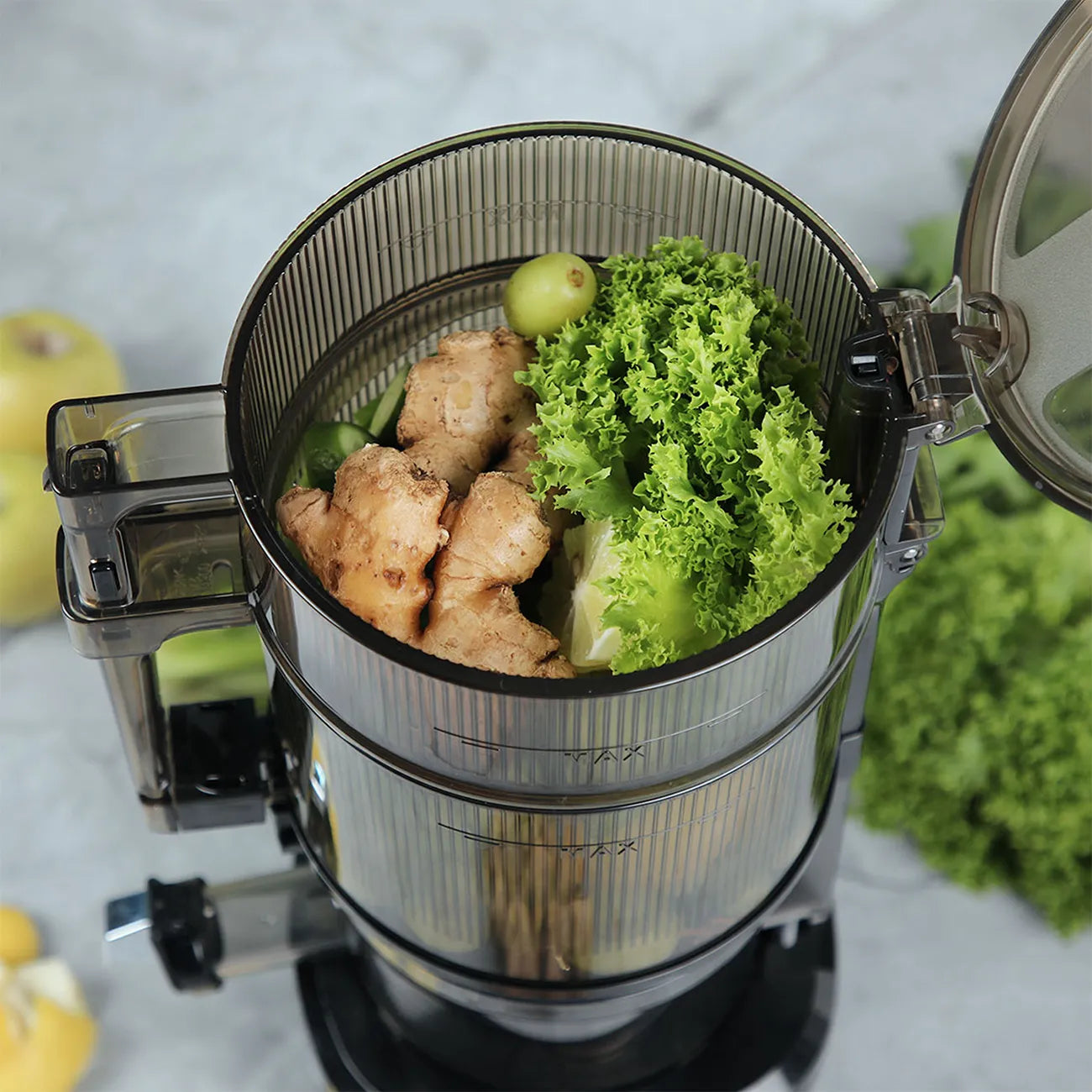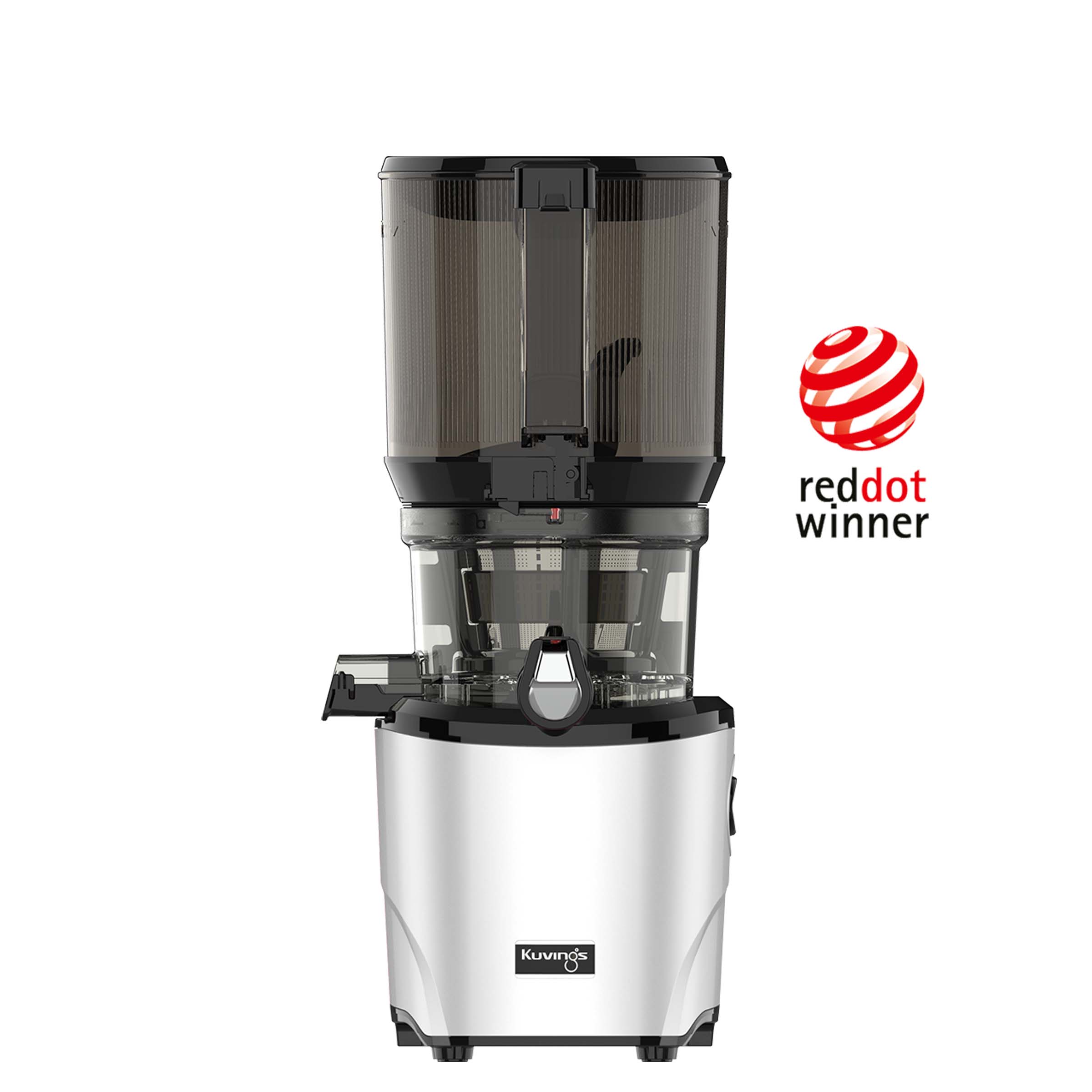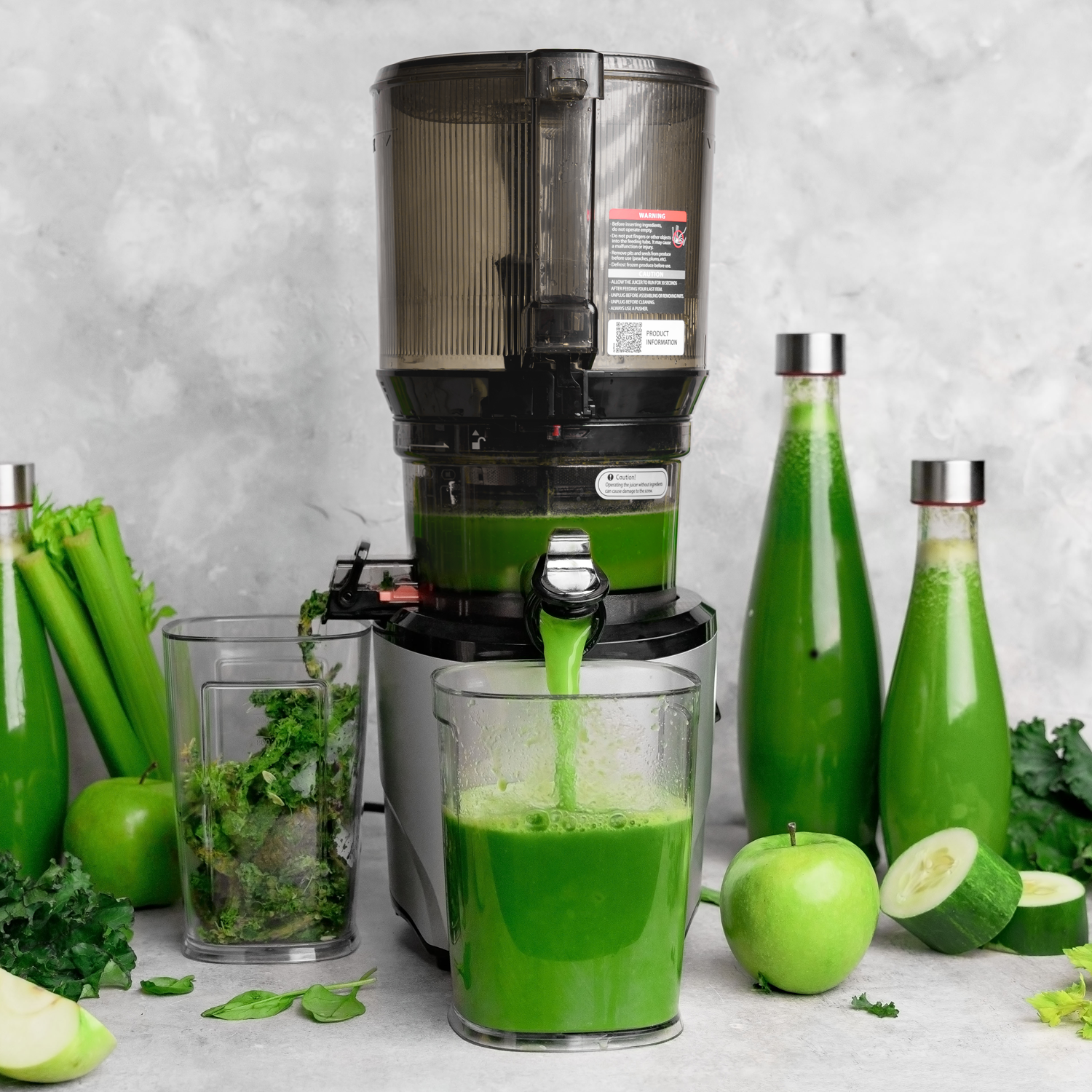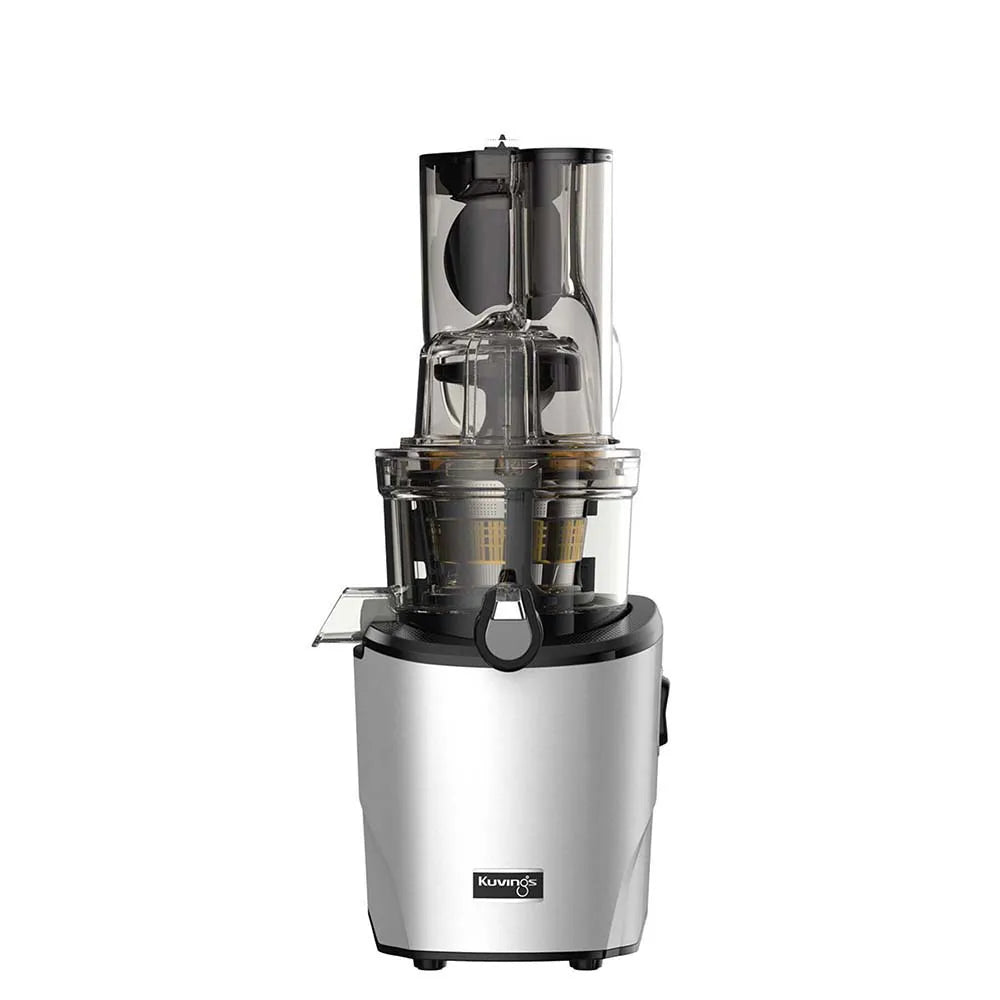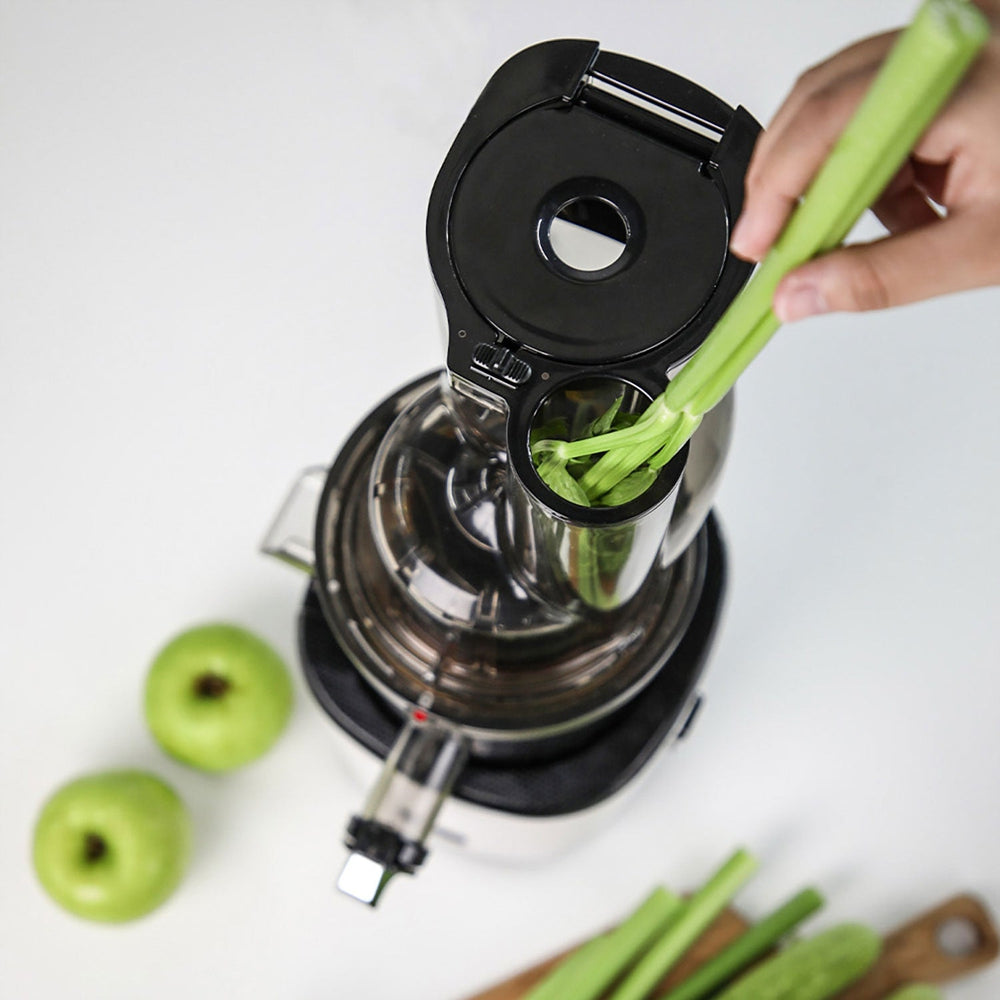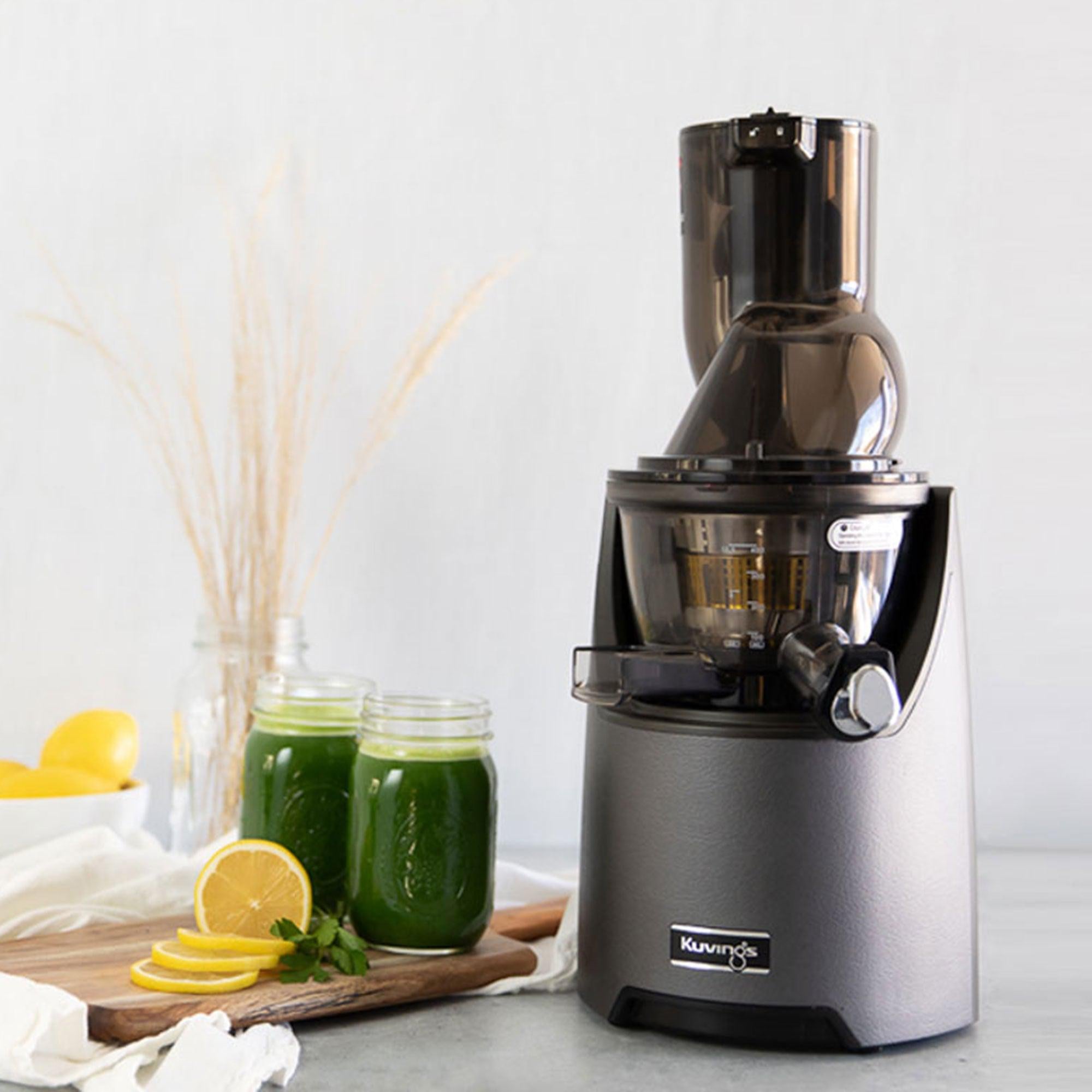Many people discuss juicing waste focusing on the pulp but need to consider the waste generated before juicing.
The peels, leaves, stems, and ends removed and thrown out before juicing count as food waste! This extends to cooking and eating too!
Use leftover parts of ingredients to reduce the amount of kitchen waste and be more sustainable!
Most of the recipes are for consumption. If consuming the scraps, we recommend cleaning them thoroughly. If you’re uncomfortable using the scraps for consumption, stick to household and outdoor uses!
1. Veggie Stock/Broth
The best way to utilize many juicing scraps at once is by making vegetable stock because you can use scraps from any vegetable.
Some common juicing vegetables that create scraps for broth are carrots, celery, beets, fennel, kale, and parsley.
Vegetable stock is a good homemade vegan alternative to store-bought chicken or beef broth.
Use the homemade vegetable broth in soups, stews, casseroles, and sauces!
How To Make Vegetable Stock From Scraps
-
Collect the tops, bottoms, leaves, stems, and skins from your vegetables in a bag. Freeze them for up to 6 months if collecting over a long period.
-
Put the scraps in a pot and fill ¾ with water.
-
Bring the water to a boil and let it simmer for at least 30 minutes.
-
Strain the veggie broth from the scraps. Use immediately or store in the refrigerator for up to 4 days or in the freezer for up to 3 months.
Directions from Tasty.
2. Soups & Sauces
Continue the low-waste cooking process by making soups and pesto!
You can use veggie scrap broth and veggie stems to make veggie scrap soup!
We recommend using kale if you juice its leaves because you’ll likely have the stems from juicing. Broccoli and cauliflower stems work too!
Also, incorporate vegetable waste into your pesto! Consider using the greens from root vegetables like the leaves from carrots, beets, turnips, and radishes!
Combine carrot tops with pumpkin seeds to make pesto and use two juicing scraps simultaneously!
Kale Stem Soup Recipe
Carrot Top Pesto Recipe
3. Sautéed Beet Greens
If you buy beets with their greens, don’t toss the red stems and green leaves!
Beet greens are appetizing when sautéed with oil and seasoning and served as a side dish!
They are also delicious in soups, veggie frittatas, pasta, risottos, grain bowls, and more!
Sautéed Beet Greens Recipe
- 1 bunch beet greens with stems (taken from 3-4 beets)
- 2 tsp. olive oil
- 2 cloves garlic, minced
- ⅛ tsp. salt
- Remove leaves from stems. Chop stems into 1-inch pieces and roughly chop the leaves.
- Rinse both using a colander.
- Heat olive oil in a skillet over medium-high heat. Add beet stems and cook for 2-3 minutes, stirring often. The stems should be tender when touched with a fork.
- Add the garlic and salt. Cook and stir for another 30 seconds.
- Add the leaves and stir while cooking for 1-2 minutes until they wilt. Add more salt if desired.
Recipe by Cook the Story.
4. Pomegranate Peel Powder
Did you know you can turn pomegranate peel into a useful, versatile powder?
Pomegranate powder is a natural food coloring and sweetener. You can also use it to make seasonings, marinades, and tea.
An unexpected use for pomegranate powder is for face masks! Face masks with pomegranate powder help to treat acne, combat breakouts, reduce scarring, and balance out oil levels.
Pomegranates are a must-peel before juicing! Every time you use pomegranates in a juice recipe, save the peels to make powder for one of its many uses!
How to Make Pomegranate Peel Powder
- Wash the pomegranate peels.
- Dehydrate the peels by placing them near sunlight for 2-3 days or in the oven at the lowest temperature for 2-3 hours.
- Put the dried peels in a blender and blend until they reach a powder consistency.
- Store the powder in an air-tight container for up to a month.
Directions from Plant You.
5. Simmer Pots
A simmer pot, or stove pot potpourri, is the low heating of ingredients to produce a pleasant scent in your kitchen or home.
Simmer pots are a great alternative to burning candles or using plug-in air fresheners or room sprays!
Fruits, spices, and herbs are common simmer pot ingredients as they produce fragrant scents.
Use the wasted parts of fruits, especially citrus fruits, like their peels, ends, and cores!
Simmer pots are super simple to set up! Learn how to make a simmer pot from kitchen scraps.
How to Make a Simmer Pot from Scraps
-
Fill a pot with water. Leave room at the top to avoid spills while simmering.
-
Add your scraps (citrus peels, pineapple peels, apple cores, pumpkin rinds, etc.).
-
Add your spices and herbs (cloves, cardamom, cinnamon, rosemary, thyme, etc.)
-
Put the pot on the stove over low heat to simmer. Add water to the pot when needed. Don’t leave it unattended.
-
Let it simmer for a few hours.
-
Turn off the heat and let it cool. Transfer the contents into a container to store in the fridge. You can reuse the batch for several days.
6. Candied Orange Peels
We highly recommend removing your orange and grapefruit peels before juicing because they make the juice taste bitter.
But instead of throwing away your citrus peels, turn them into candy!
Citrus peel candy is not only a zero-waste use of fruit scraps. It's also a kid-friendly, natural alternative to traditional candy.
The recipe consists of 3 ingredients: fruit peels, water, and your choice of sugar or honey.
Find one candied citrus peel recipe with honey and one with sugar below!
Candied Citrus Peels Recipes
- Candied Orange Peels with Honey (Paleo) - Perchance to Cook
- Candied Orange Peel with Sugar - Daring Gourmet
Tip: The leftover sugar and water mixture creates a citrus simple syrup. Use the syrup for beverages and baking for added sweetness and flavor!
7. Pickled Watermelon Rind
We love juicing our watermelons with their rinds, but we understand that not everyone does!
Instead, we offer an alternative to juicing watermelon rinds–pickled watermelon rind!
Pickled watermelon rind is the perfect zero-waste summer snack! Enjoy it with a glass of fresh watermelon juice!
The main ingredients are typically watermelon rind, water, vinegar, salt, and spices.
Check out one recipe below!
Pickled Watermelon Rind Recipe
8. Pineapple Peel Tea
We recommend juicing pineapple with its peel!
But if you don’t want to juice your pineapple peels, clean and boil them to make a pineapple peel tea!
Pineapple peel tea is good for your health because it’s anti-inflammatory, supports digestion, aids gut health, and more.
Drink your pineapple peel tea hot during winter and iced during summer to receive its benefits year-round!
@haroldleffall loves to boil his pineapple peels with ginger, cinnamon husks, and cloves! Find his recipe below.
Pineapple Peel Tea Recipe
- Pineapple peel
- Ginger
- Cinnamon husk
- Cloves
- Add your pineapple peels to a pot of boiling water with ginger, cinnamon, and cloves. Boil on low heat for 15 minutes.
- Let it sit with the heat off for another 15 minutes.
- Strain the liquid.
- Cool for longer and add ice if desired cold.
9. Grow New Plants
Some people cut the bottoms off their juicing ingredients and throw them away thinking they are useless.
However, some vegetable bottoms can grow into the full vegetable again through propagation!
Propagation is growing new plants from existing ones, making it easier than traditional gardening! Just place your vegetable bottom or stalk in soil or water and sunlight to see regrowth.
Vegetables You Can Grow From Scraps
If you successfully regrow your vegetables, you’ll save money on juicing ingredients in the long term!
10. Compost
A low-effort but positive use of food scraps is throwing them in your garden as compost.
Composting breeds healthier soil and is overall good for the environment.
Learn what food scraps can be composted and how to compost food scraps here.
For a low or zero-waste juicing experience:
- Juice your ingredients as whole as possible,
- Use the leftover peels and scraps, and
- Reuse the pulp!
Find more sustainable juicing tips here.
____
REFERENCES:
https://www.southernliving.com/food/kitchen-assistant/uses-for-vegetable-scraps
https://www.loveandlemons.com/beet-greens/
https://www.mashed.com/1329462/stop-throwing-away-juiced-citrus-peels/



